Home>Storage & Organization>Kitchen Organizing Tools>How To Get A Cat To Pee In The Litter Box
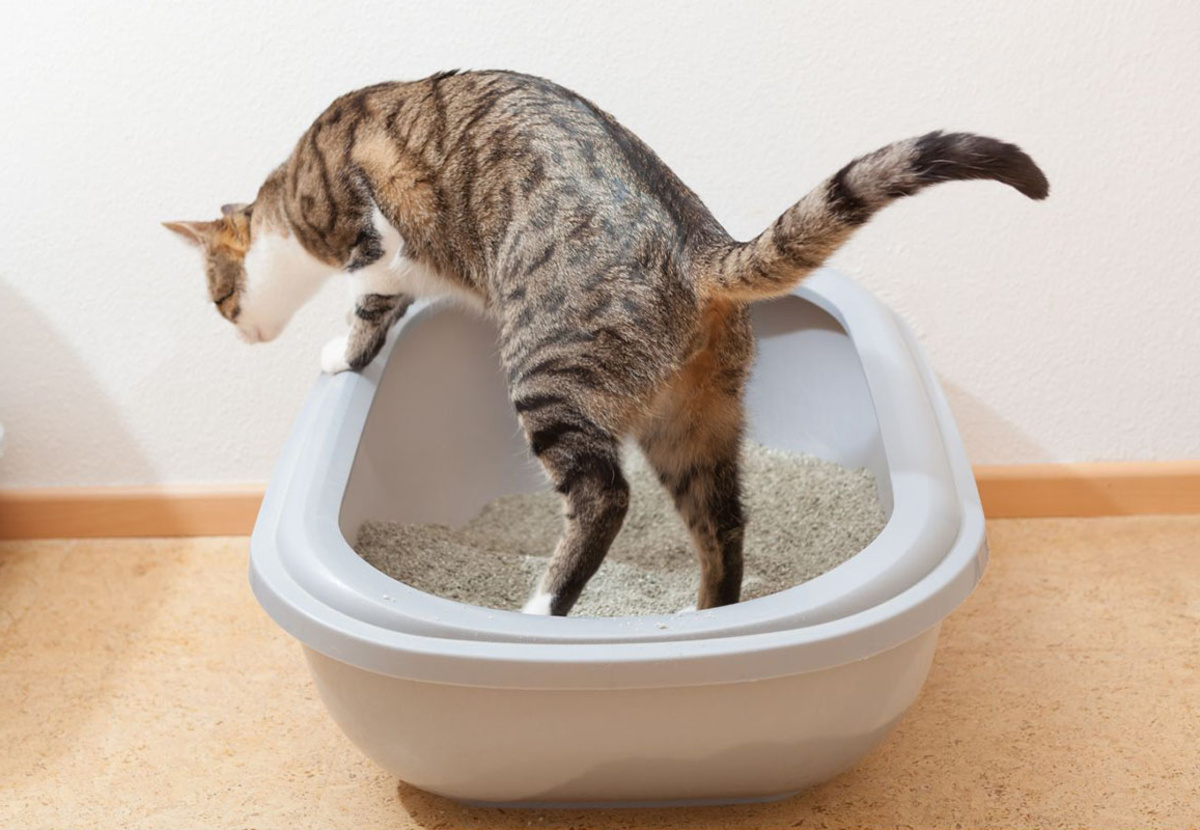

Kitchen Organizing Tools
How To Get A Cat To Pee In The Litter Box
Modified: March 2, 2024
Discover effective kitchen organizing tools and tips to help your cat pee in the litter box effortlessly. Say goodbye to messy accidents with our expert advice.
(Many of the links in this article redirect to a specific reviewed product. Your purchase of these products through affiliate links helps to generate commission for Storables.com, at no extra cost. Learn more)
Introduction
Welcome to the ultimate guide on how to get your cat to pee in the litter box! If you're a cat owner, you know that dealing with litter box issues can be a real challenge. Whether you're a new cat parent or have been struggling with this problem for a while, this comprehensive guide will provide you with valuable insights and practical tips to help you and your feline friend overcome this hurdle.
Cats are fascinating creatures with unique behaviors and preferences. While they are generally fastidious animals, they can be quite particular about their bathroom habits. If your cat is not using the litter box as intended, it can be frustrating and concerning. However, it's essential to approach this issue with patience, understanding, and a willingness to explore potential solutions.
In this guide, we'll delve into the various factors that can influence your cat's litter box behavior. From understanding your cat's instincts and preferences to selecting the right litter box and maintaining a clean environment, we'll cover every aspect that can contribute to a successful litter box experience for your feline companion.
Additionally, we'll explore the significance of the litter type, the impact of the box's placement within your home, and how to address potential medical issues that could be affecting your cat's litter box habits. By gaining a deeper understanding of your cat's needs and implementing the tips provided in this guide, you'll be well-equipped to create an environment that encourages your cat to use the litter box consistently.
So, if you're ready to bid farewell to the stress and frustration of dealing with litter box woes, join us on this insightful journey as we unravel the secrets to getting your cat to pee in the litter box. Let's embark on this adventure together and pave the way for a harmonious and hygienic coexistence with your beloved feline companion!
Key Takeaways:
- 1. Happy Cat, Happy Home
Understanding your cat’s instincts and preferences is key to solving litter box issues. Choose the right box, keep it clean, and watch for health issues to create a stress-free bathroom experience for your feline friend. - 2. Cat Health Matters
Keep an eye out for potential medical issues that could affect your cat’s litter box habits. Regular vet check-ups and proactive monitoring can ensure a healthy and harmonious coexistence with your beloved feline companion.
Read more: How To Train A Cat To Pee In The Litter Box
Understanding Your Cat's Behavior
Understanding your cat's behavior is crucial when it comes to addressing litter box issues. Cats are known for their independent and discerning nature, and their bathroom habits are no exception. By gaining insight into your cat's instincts and preferences, you can better comprehend the factors that influence their litter box behavior.
Cats are inherently clean animals with a strong inclination towards maintaining hygiene. In the wild, they are instinctively driven to bury their waste to avoid attracting predators or alerting potential prey to their presence. This natural behavior is deeply ingrained in their instincts and can significantly impact their litter box habits in a domestic setting.
Furthermore, cats are creatures of habit and routine. Sudden changes in their environment, such as the introduction of a new litter box or a shift in its location, can cause stress and anxiety, leading to reluctance or refusal to use the box. Understanding your cat's need for stability and predictability can help you create an environment that promotes consistent litter box usage.
Additionally, it's essential to recognize that cats have individual preferences when it comes to litter box features. Some cats may prefer open litter boxes, while others feel more secure in enclosed ones. Factors such as the size of the box, the depth of the litter, and the texture of the litter material can also influence your cat's willingness to use the box.
Moreover, cats are highly sensitive to their surroundings and may react to changes in their environment, household dynamics, or the presence of other pets. Stress and anxiety can manifest in various ways, including avoidance of the litter box. By observing your cat's behavior and identifying potential stressors, you can take proactive steps to create a calm and reassuring environment that encourages proper litter box usage.
By understanding your cat's behavior through the lens of their natural instincts, individual preferences, and sensitivity to their environment, you can gain valuable insights that will inform the strategies and adjustments needed to address litter box issues effectively. This deeper understanding will serve as the foundation for implementing targeted solutions and creating an environment that aligns with your cat's natural inclinations, ultimately fostering a harmonious and stress-free litter box experience for both you and your feline companion.
Choosing the Right Litter Box
Selecting the right litter box is a pivotal step in creating an environment that encourages your cat to use it consistently. With a myriad of options available, it's essential to consider your cat's preferences and specific needs when choosing the perfect litter box.
Size and Style
The size and style of the litter box play a significant role in your cat's comfort and convenience. Cats, like humans, appreciate personal space, and a litter box that provides ample room for them to move around comfortably is ideal. Additionally, consider the entry point of the box, especially if you have senior cats or kittens. Low-entry or open-top boxes can be more accessible for them, promoting ease of use and reducing potential barriers to consistent litter box usage.
Covered vs. Uncovered
The debate between covered and uncovered litter boxes is a common one among cat owners. Covered boxes offer privacy and can help contain odors, while some cats may feel confined or trapped in them. Uncovered boxes provide a more open and airy environment, but may lead to more scattered litter. Understanding your cat's preference for privacy and their comfort level in enclosed spaces can guide your decision in choosing between a covered or uncovered litter box.
Litter Box Depth
The depth of the litter in the box is another crucial consideration. Cats have a natural instinct to dig and bury their waste, and a deeper litter box allows them to exhibit this behavior comfortably. However, for senior cats or those with mobility issues, a shallow litter box may be more accessible and easier to navigate. Balancing the depth of the litter with your cat's comfort and mobility is essential in ensuring a positive litter box experience.
Multi-Cat Household Considerations
If you have multiple cats, providing sufficient litter boxes is essential to prevent territorial disputes and promote harmonious coexistence. The general rule of thumb is to have one litter box per cat, plus an additional box to accommodate their individual preferences and territorial instincts. Additionally, offering a variety of box styles and sizes can cater to the diverse needs of your feline companions, reducing potential conflicts over litter box usage.
By carefully considering the size, style, privacy, and depth of the litter box, you can tailor the litter box environment to align with your cat's preferences and needs. This thoughtful approach not only promotes consistent litter box usage but also enhances your cat's overall well-being and comfort. Ultimately, choosing the right litter box is a proactive step towards creating a feline-friendly environment that fosters positive litter box habits and strengthens the bond between you and your beloved cat.
Placing the Litter Box in the Right Location
The placement of the litter box is a critical factor that significantly influences your cat's willingness to use it consistently. Cats are creatures of habit and are sensitive to their surroundings, making the location of the litter box a pivotal consideration in promoting positive litter box habits.
Accessibility and Privacy
When determining the ideal location for the litter box, consider accessibility and privacy. Cats appreciate a sense of privacy when using the litter box, so it's essential to place it in a quiet and relatively secluded area. However, ensure that the location remains easily accessible to your cat at all times. Avoid placing the litter box in high-traffic areas or near loud appliances that could startle or disturb your cat during their bathroom routine.
Read more: Why Cat Won’t Pee In The Litter Box
Multiple Exits
In a multi-level home, providing multiple litter box locations on each floor can offer convenience and accessibility for your cat. This approach reduces the likelihood of your cat avoiding the litter box due to the inconvenience of navigating stairs or long distances to reach it. Additionally, having multiple litter boxes distributed throughout the living space can help prevent territorial conflicts among cats and promote a harmonious litter box experience.
Environmental Considerations
Environmental factors such as temperature and lighting can also impact your cat's comfort and willingness to use the litter box. Ensure that the chosen location maintains a comfortable temperature and adequate lighting, as cats may feel reluctant to use a litter box in a dimly lit or excessively cold area. Creating a welcoming and comfortable environment around the litter box can encourage your cat to view it as a safe and inviting space for their bathroom needs.
Avoiding Obstacles
It's crucial to place the litter box away from potential obstacles or sources of stress. Cats may feel vulnerable when using the litter box, so eliminating potential stressors in the surrounding area is essential. Keep the litter box away from noisy appliances, strong-smelling cleaning products, or areas frequented by other pets. By creating a calm and stress-free environment around the litter box, you can instill a sense of security and comfort in your cat, encouraging consistent and stress-free litter box usage.
By strategically placing the litter box in a location that prioritizes accessibility, privacy, environmental comfort, and the absence of potential stressors, you can create an inviting and feline-friendly bathroom environment for your cat. This thoughtful approach to litter box placement sets the stage for a positive and consistent litter box experience, ultimately contributing to a harmonious coexistence between you and your feline companion.
Keeping the Litter Box Clean
Maintaining a clean litter box is paramount in ensuring your cat's consistent and stress-free litter box usage. Cats are inherently fastidious animals, and a pristine litter box environment is essential to meet their hygiene standards and promote regular bathroom habits.
Regular Scooping: Scooping the litter box at least once a day is crucial in removing soiled litter and clumps. This not only prevents odors from permeating the area but also provides your cat with a clean and inviting space for their bathroom needs. Neglecting to scoop the litter box can deter your cat from using it, leading to potential accidents outside the box.
Complete Litter Replacement: In addition to daily scooping, periodic complete litter replacement is necessary to maintain a fresh and hygienic environment. The frequency of complete litter changes may vary based on the type of litter used and the number of cats in the household. However, a general guideline is to replace the entire litter and thoroughly clean the box with mild, unscented soap and water every few weeks.
Odor Control: Utilizing odor-neutralizing litter or adding baking soda to the litter can help control unpleasant odors, creating a more pleasant environment for your cat. Additionally, incorporating activated charcoal-based filters in covered litter boxes can further aid in odor containment, enhancing the overall cleanliness and appeal of the litter box area.
Cleaning the Surrounding Area: Beyond the litter box itself, maintaining cleanliness in the surrounding area is essential. Accidental spills or scattered litter should be promptly cleaned to prevent the buildup of mess and odors. Regular vacuuming or sweeping around the litter box area can help maintain a tidy and inviting space for your cat.
Hygienic Practices: Practicing good hygiene when handling the litter box is crucial for both you and your cat's well-being. Always wash your hands thoroughly after scooping or handling the litter box to minimize the risk of bacterial contamination. Additionally, pregnant individuals or individuals with compromised immune systems should avoid handling cat litter due to the potential health risks associated with toxoplasmosis.
By prioritizing cleanliness and implementing a consistent maintenance routine, you can create a welcoming and hygienic environment that encourages your cat to use the litter box consistently. A clean litter box not only promotes your cat's well-being but also fosters a positive and stress-free bathroom experience, strengthening the bond between you and your feline companion.
Read more: How To Make Your Cat Pee In The Litter Box
Using the Right Type of Litter
Selecting the right type of litter is a crucial aspect of creating an inviting and conducive environment for your cat's litter box habits. With a wide array of litter options available, understanding your cat's preferences and specific needs is essential in making an informed choice.
Consider Your Cat's Preferences
Cats have individual preferences when it comes to the texture and scent of litter. Some cats may favor clumping litter for its ease of maintenance, while others may prefer non-clumping litter or natural alternatives such as pine or corn-based litter. Observing your cat's response to different litter types can provide valuable insights into their preferences, guiding you in selecting the most suitable option.
Texture and Comfort
The texture of the litter plays a significant role in your cat's comfort and willingness to use the litter box. Cats may have varying preferences for finer or coarser textures, and it's essential to consider their comfort when choosing the litter. Additionally, some cats may be sensitive to scented litters, leading to aversion or reluctance to use the box. Opting for unscented or lightly scented litter can cater to your cat's olfactory sensitivities, promoting a more inviting bathroom environment.
Environmental Impact
Beyond your cat's preferences, considering the environmental impact of the litter is also important. Eco-friendly and biodegradable litters, such as those made from recycled paper or plant-based materials, offer a sustainable alternative while providing effective odor control and moisture absorption. By prioritizing environmentally conscious litter options, you can contribute to sustainable waste management practices while providing a comfortable and hygienic bathroom environment for your cat.
Multi-Cat Household Considerations
In multi-cat households, accommodating the diverse preferences of each cat is essential. Offering a variety of litter types in separate boxes allows each cat to choose their preferred litter, reducing potential conflicts and promoting individualized comfort. Additionally, providing ample litter box options with different litter types can cater to the specific needs and sensitivities of each cat, fostering a harmonious and stress-free litter box experience.
By considering your cat's preferences, comfort, environmental impact, and the unique dynamics of a multi-cat household, you can make an informed decision when choosing the right type of litter. This thoughtful approach not only promotes consistent litter box usage but also enhances your cat's overall well-being and comfort, ultimately contributing to a positive and harmonious coexistence between you and your beloved feline companions.
Addressing Medical Issues
Addressing potential medical issues is paramount when dealing with litter box problems in cats. While behavioral and environmental factors often play a significant role in a cat's litter box habits, underlying medical conditions can also contribute to changes in bathroom behavior. As a responsible cat owner, being vigilant about your cat's health and promptly addressing any medical concerns is crucial in ensuring their well-being and promoting consistent litter box usage.
One of the most common medical issues that can affect a cat's litter box behavior is urinary tract problems. Conditions such as urinary tract infections, bladder stones, or urinary blockages can cause discomfort and pain during urination, leading to aversion to the litter box. Additionally, cats may associate the litter box with their discomfort, further exacerbating their reluctance to use it. Observing signs of straining to urinate, frequent trips to the litter box with minimal output, or vocalization during urination can indicate potential urinary tract issues, necessitating immediate veterinary attention.
Furthermore, feline lower urinary tract disease (FLUTD) encompasses a spectrum of urinary issues that can impact a cat's litter box habits. Symptoms such as blood in the urine, excessive grooming of the genital area, or urinating outside the litter box can be indicative of FLUTD. Identifying these signs and seeking veterinary evaluation is crucial in diagnosing and managing this complex condition, which may require dietary changes, medication, or other targeted interventions.
In some cases, behavioral changes related to litter box usage can be linked to systemic health issues such as diabetes, kidney disease, or arthritis. Cats experiencing increased thirst and urination, sudden weight loss, or mobility issues may exhibit altered litter box behavior as a manifestation of an underlying medical condition. Timely veterinary assessment and diagnostic testing are essential in identifying and addressing these health concerns, allowing for appropriate treatment and management to support your cat's overall well-being.
It's important to note that cats are adept at masking signs of illness, making it challenging for pet owners to detect subtle changes in their health. Regular veterinary check-ups, open communication with your veterinarian, and proactive monitoring of your cat's behavior are essential in identifying and addressing potential medical issues that could impact their litter box habits.
By prioritizing your cat's health and promptly addressing any medical concerns, you can ensure that they receive the necessary care and support to overcome potential health-related obstacles to consistent litter box usage. This proactive approach not only promotes your cat's well-being but also contributes to a harmonious and stress-free coexistence between you and your beloved feline companion.
Conclusion
In conclusion, addressing litter box issues in cats requires a multifaceted approach that encompasses an understanding of feline behavior, thoughtful environmental considerations, and proactive measures to promote hygiene and well-being. By delving into the intricacies of your cat's instincts and preferences, you can gain valuable insights that inform the selection of the right litter box, placement in an ideal location, and the use of suitable litter types. Additionally, maintaining a clean and inviting litter box environment, coupled with vigilance in addressing potential medical issues, is essential in fostering consistent and stress-free litter box habits.
As responsible cat owners, it's imperative to approach litter box challenges with patience, empathy, and a commitment to creating a supportive environment for our feline companions. By recognizing the significance of stability, privacy, and comfort in a cat's bathroom routine, we can proactively address potential stressors and promote a harmonious coexistence with our beloved cats.
Ultimately, the journey to getting a cat to pee in the litter box is a collaborative effort that hinges on understanding, empathy, and a willingness to adapt to our cat's unique needs. By integrating the insights and strategies outlined in this guide, cat owners can embark on a transformative path towards creating a hygienic, welcoming, and stress-free litter box environment that aligns with their cat's natural inclinations.
With a holistic approach that encompasses behavioral understanding, environmental optimization, and proactive health management, cat owners can pave the way for a positive and consistent litter box experience, strengthening the bond with their feline companions and nurturing a harmonious living environment for all.
Frequently Asked Questions about How To Get A Cat To Pee In The Litter Box
Was this page helpful?
At Storables.com, we guarantee accurate and reliable information. Our content, validated by Expert Board Contributors, is crafted following stringent Editorial Policies. We're committed to providing you with well-researched, expert-backed insights for all your informational needs.
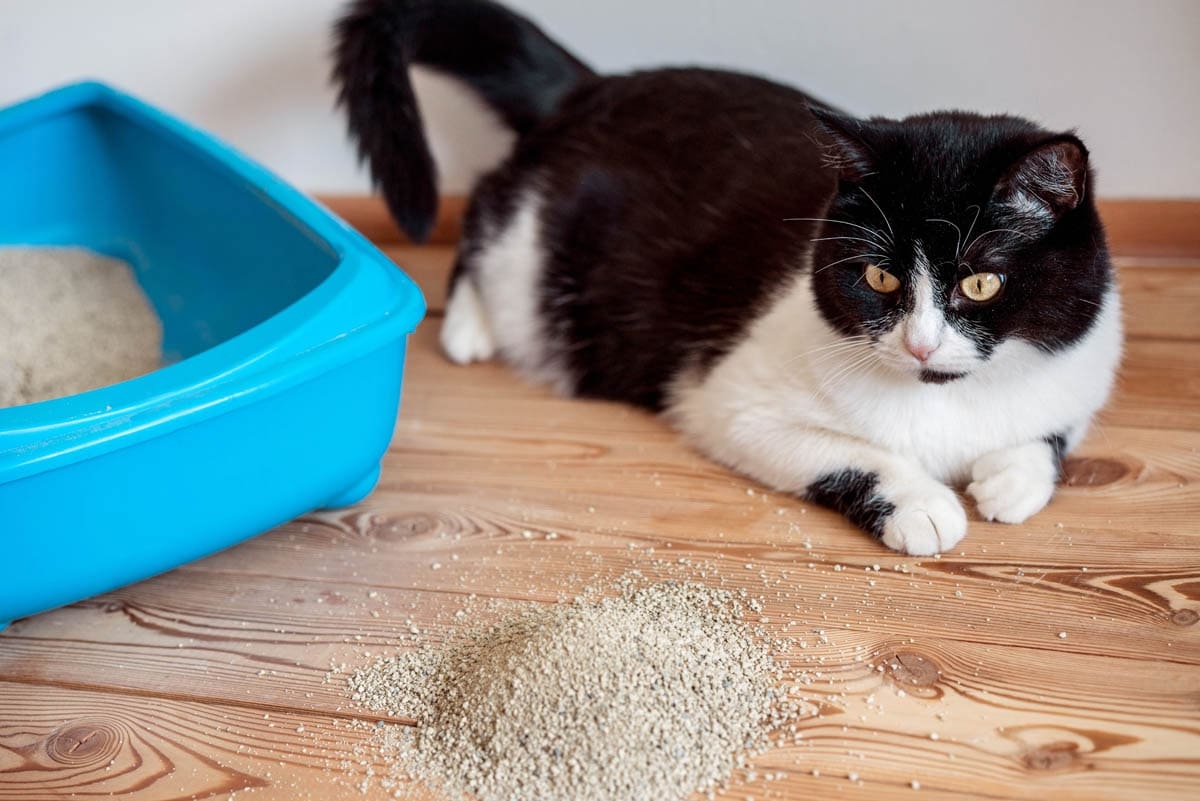
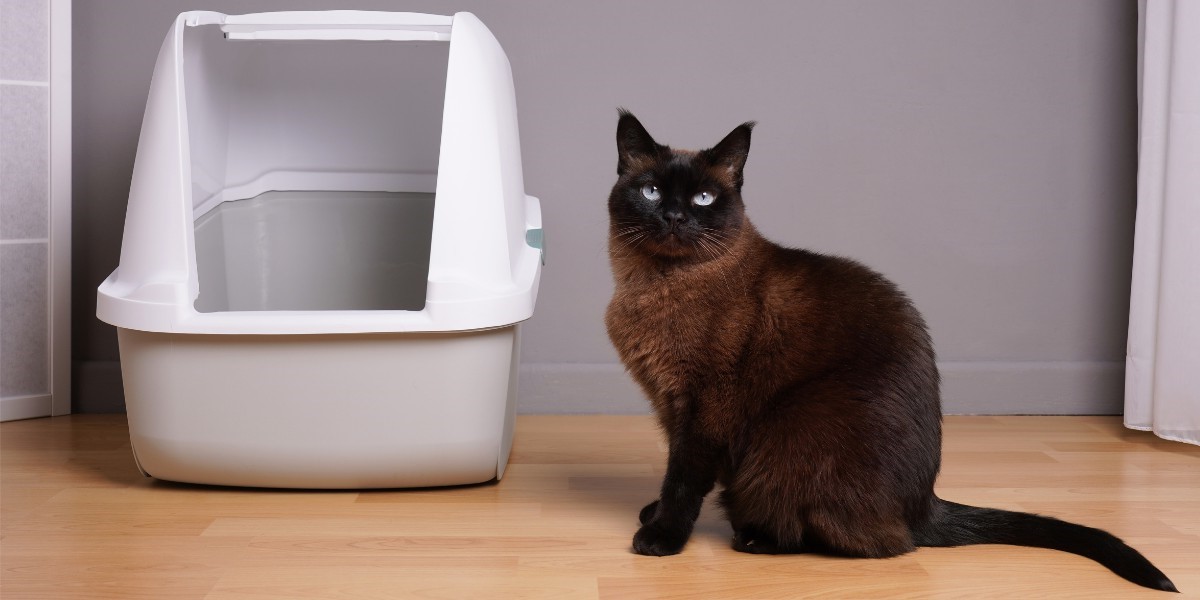
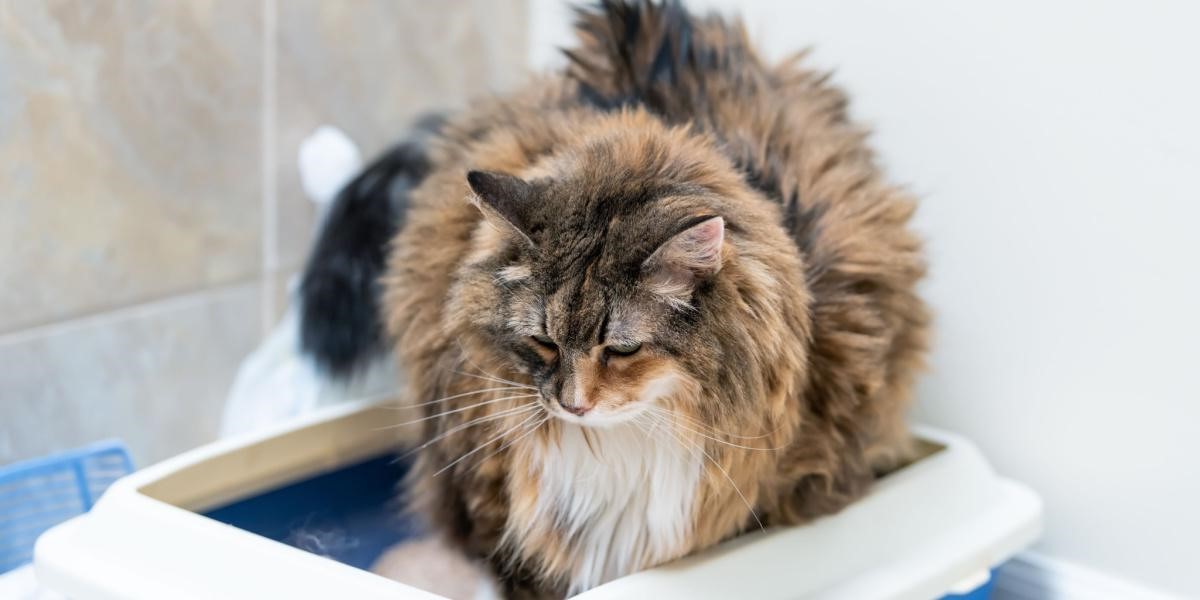
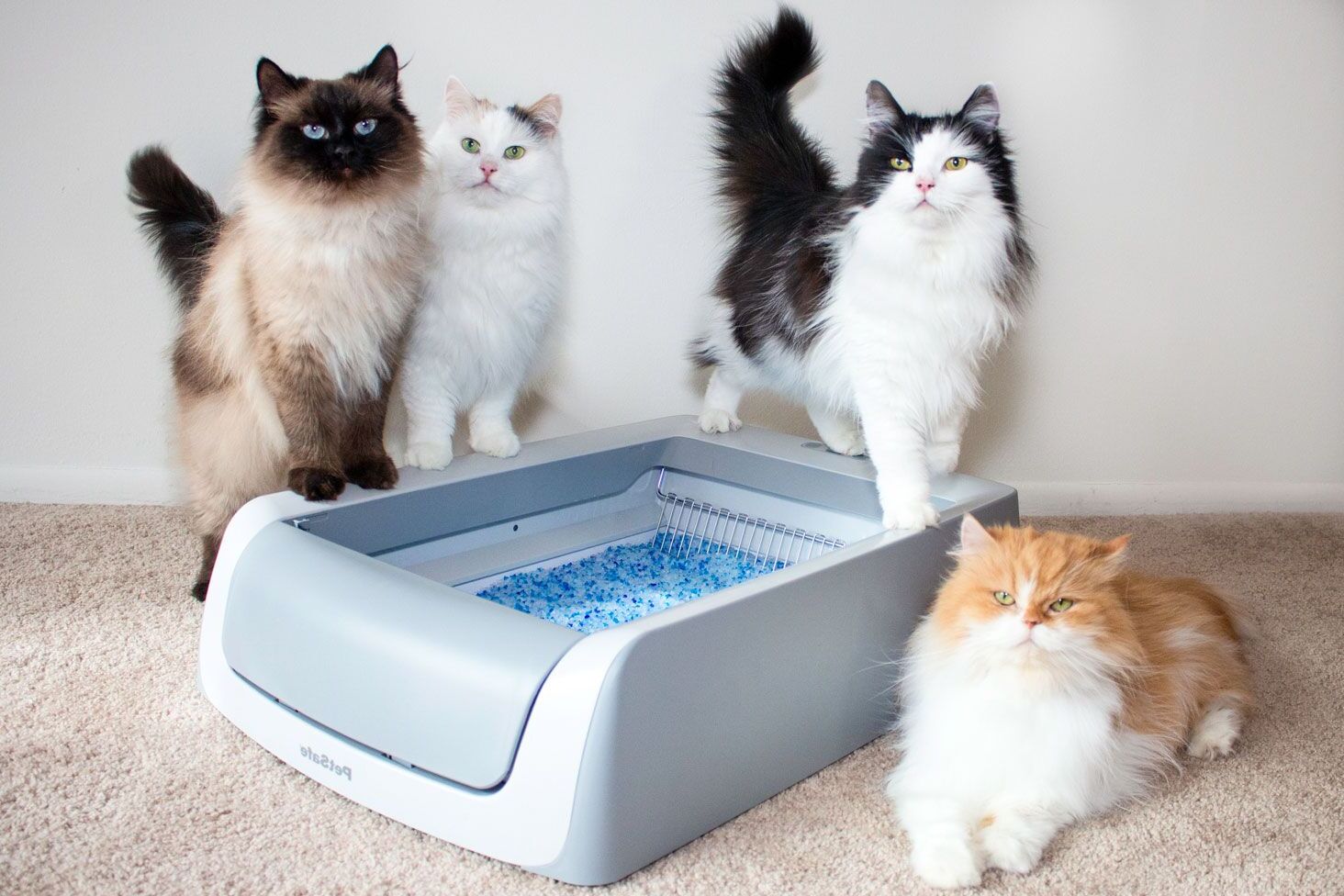
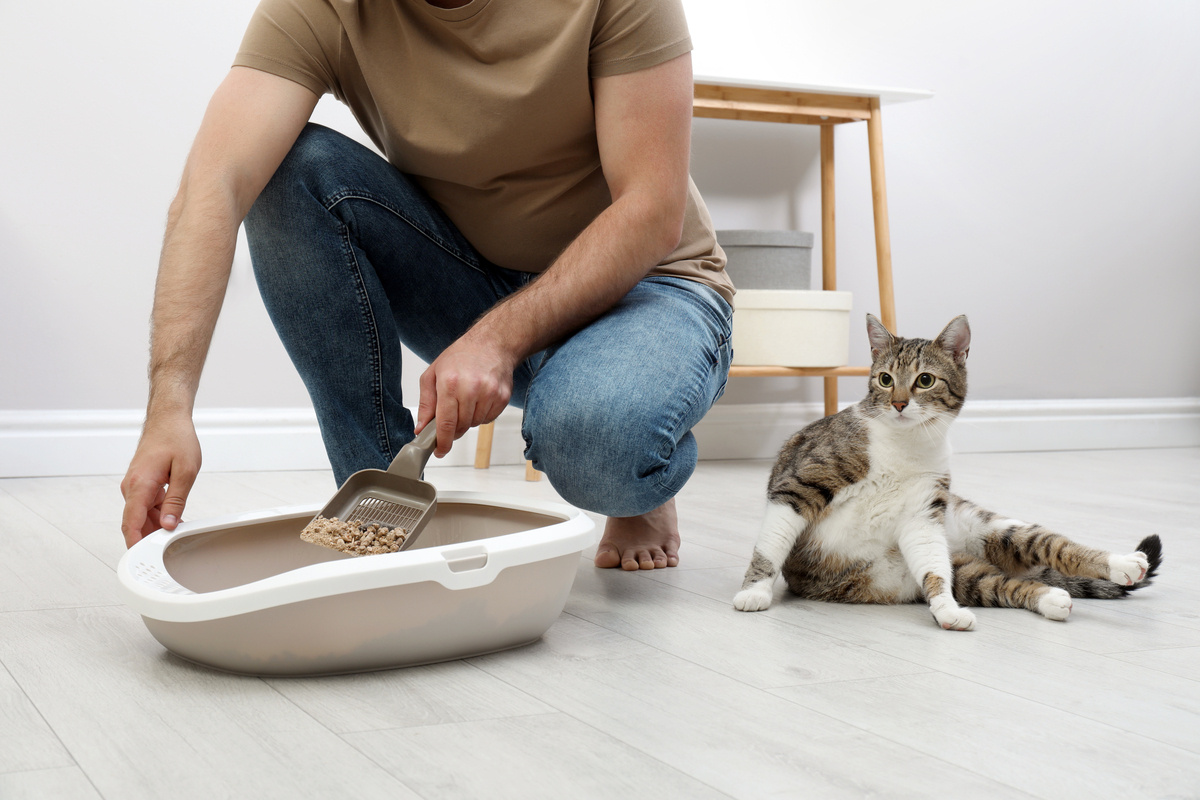
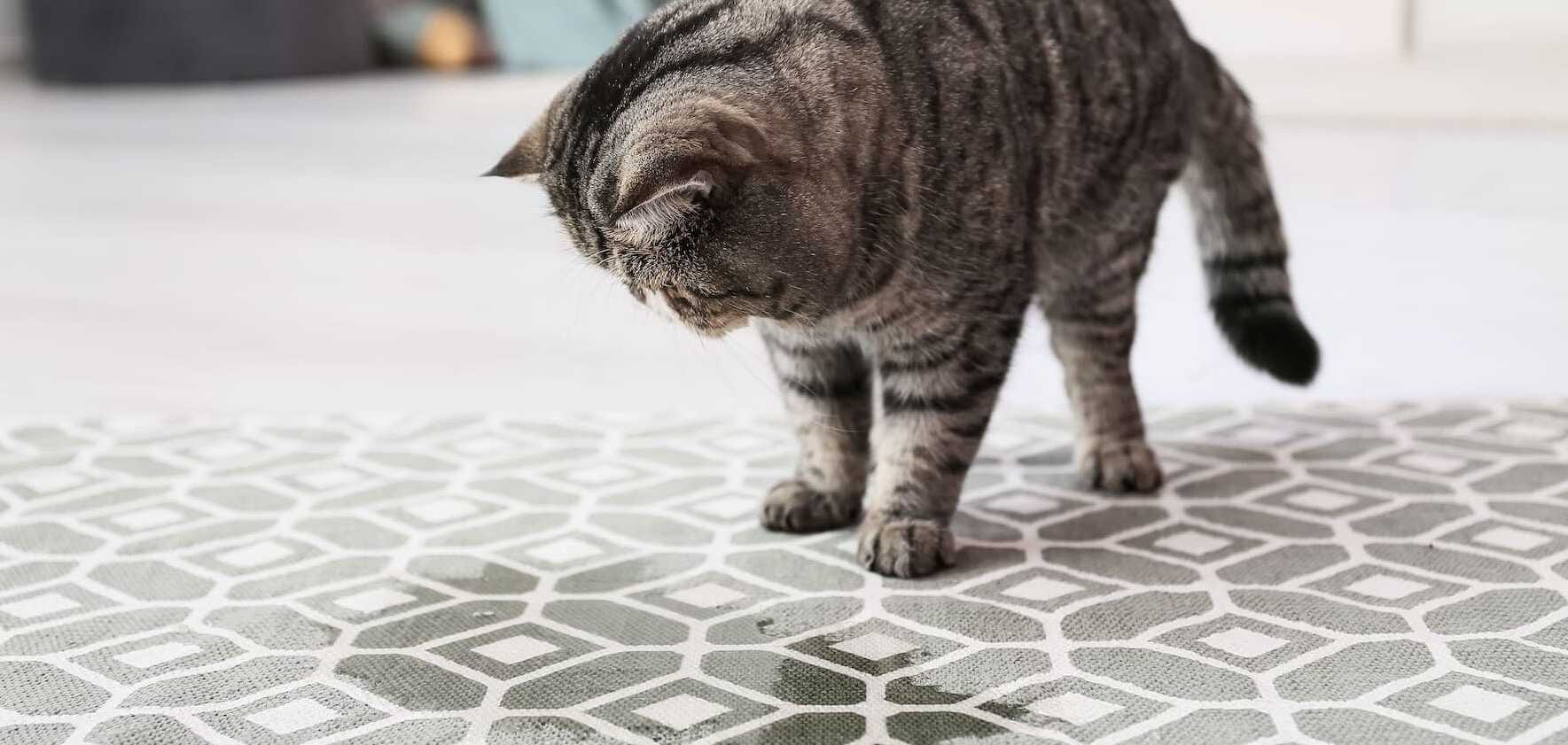
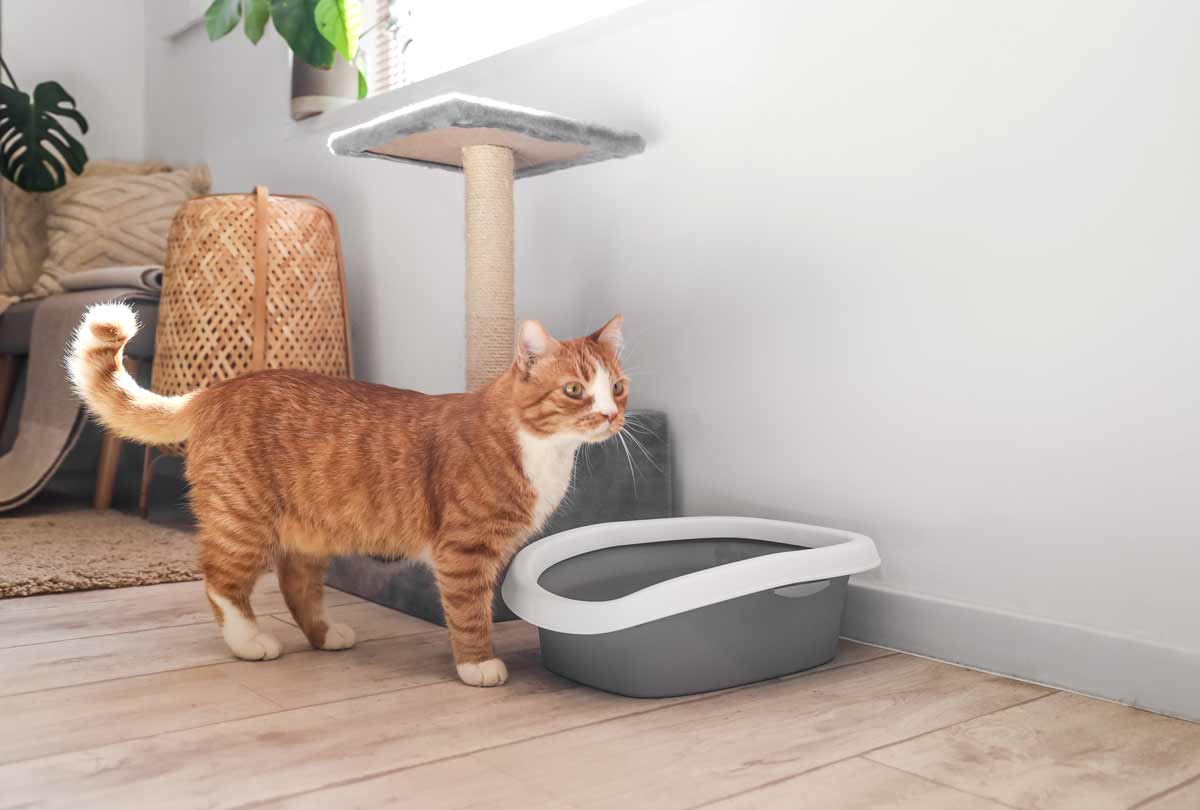
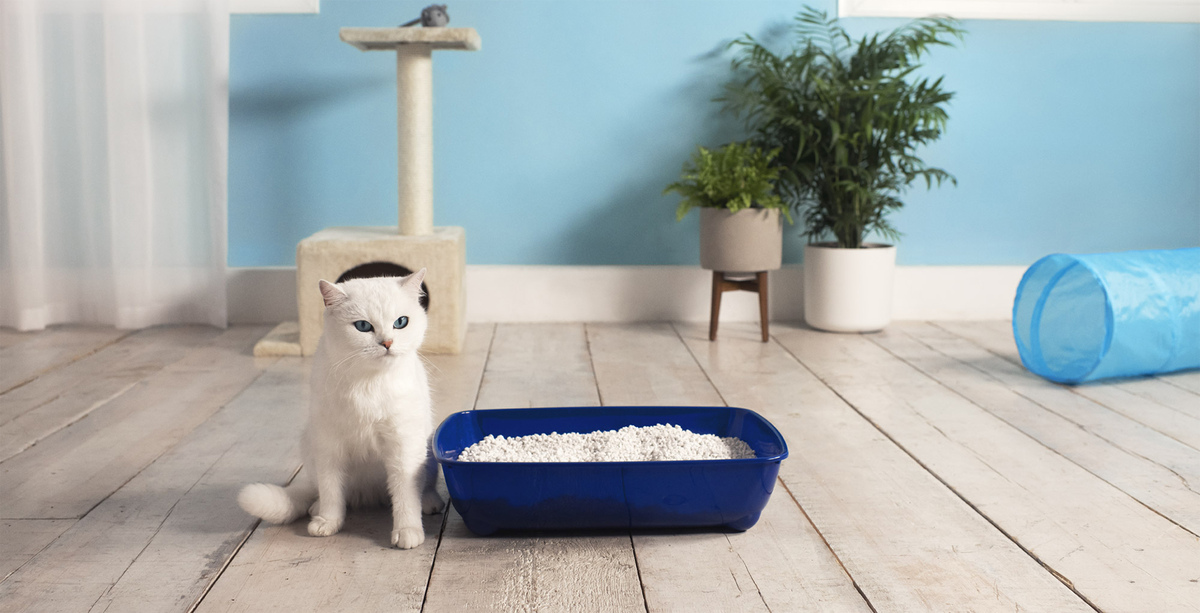
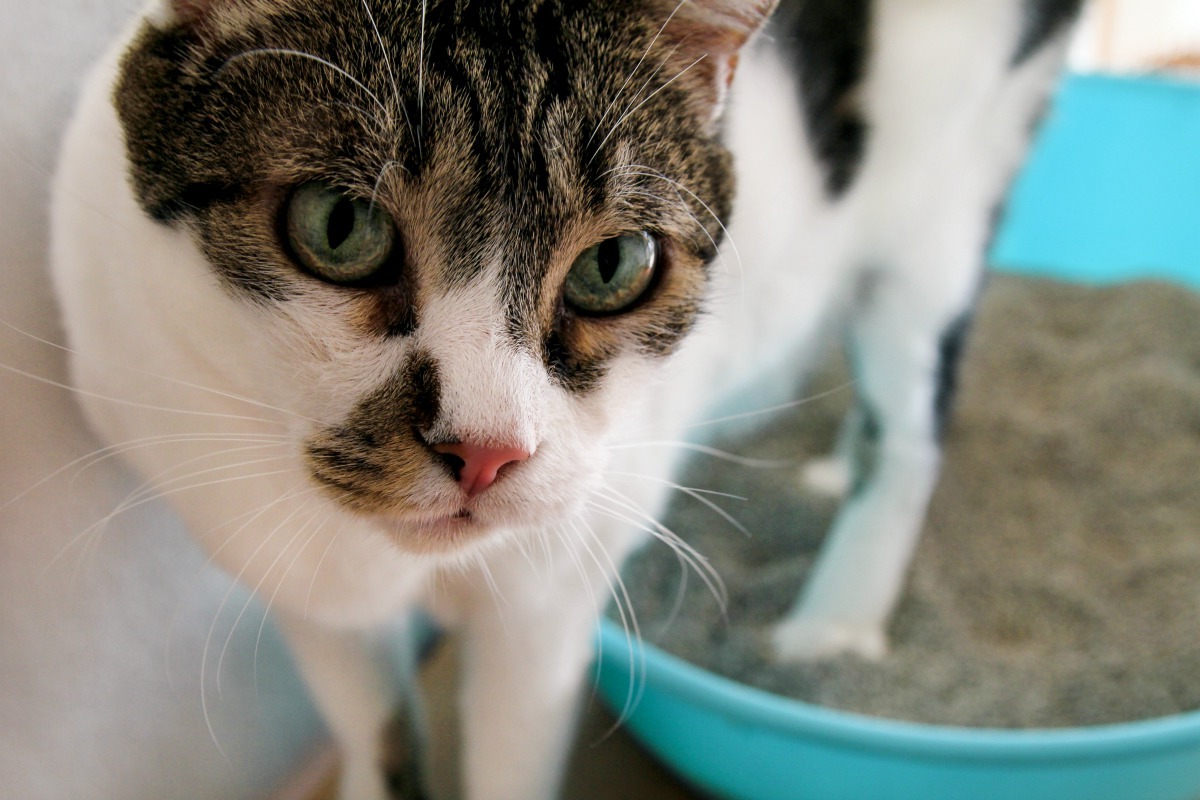
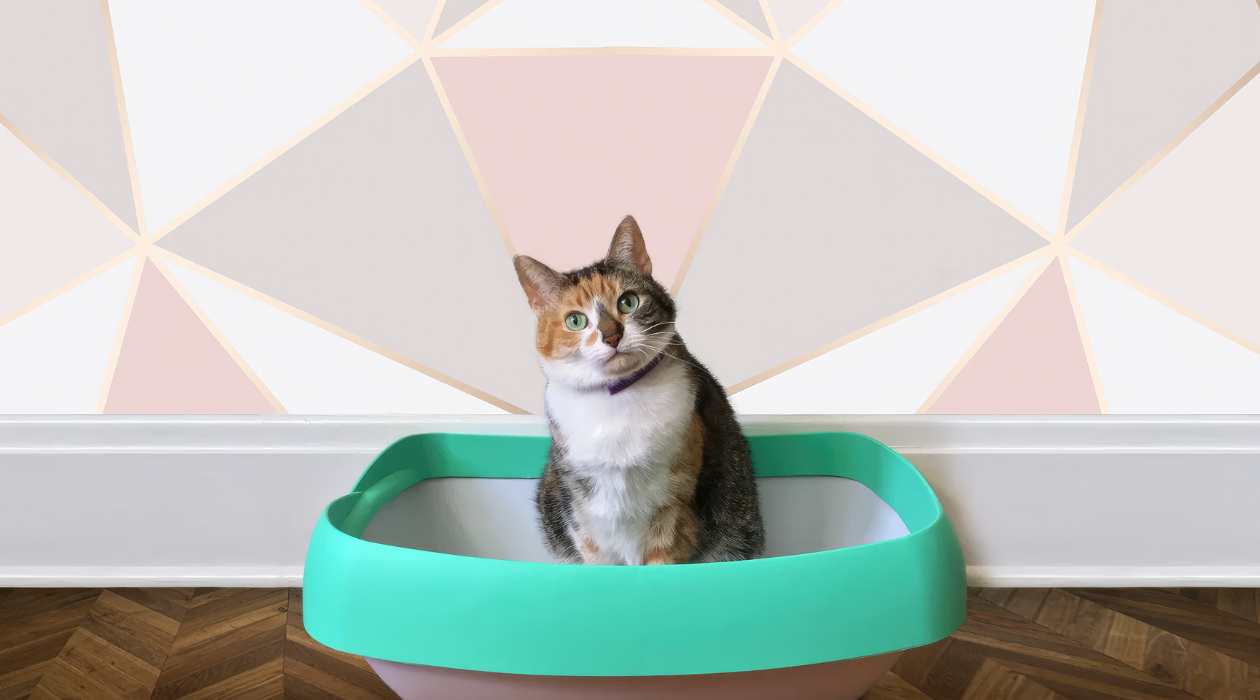
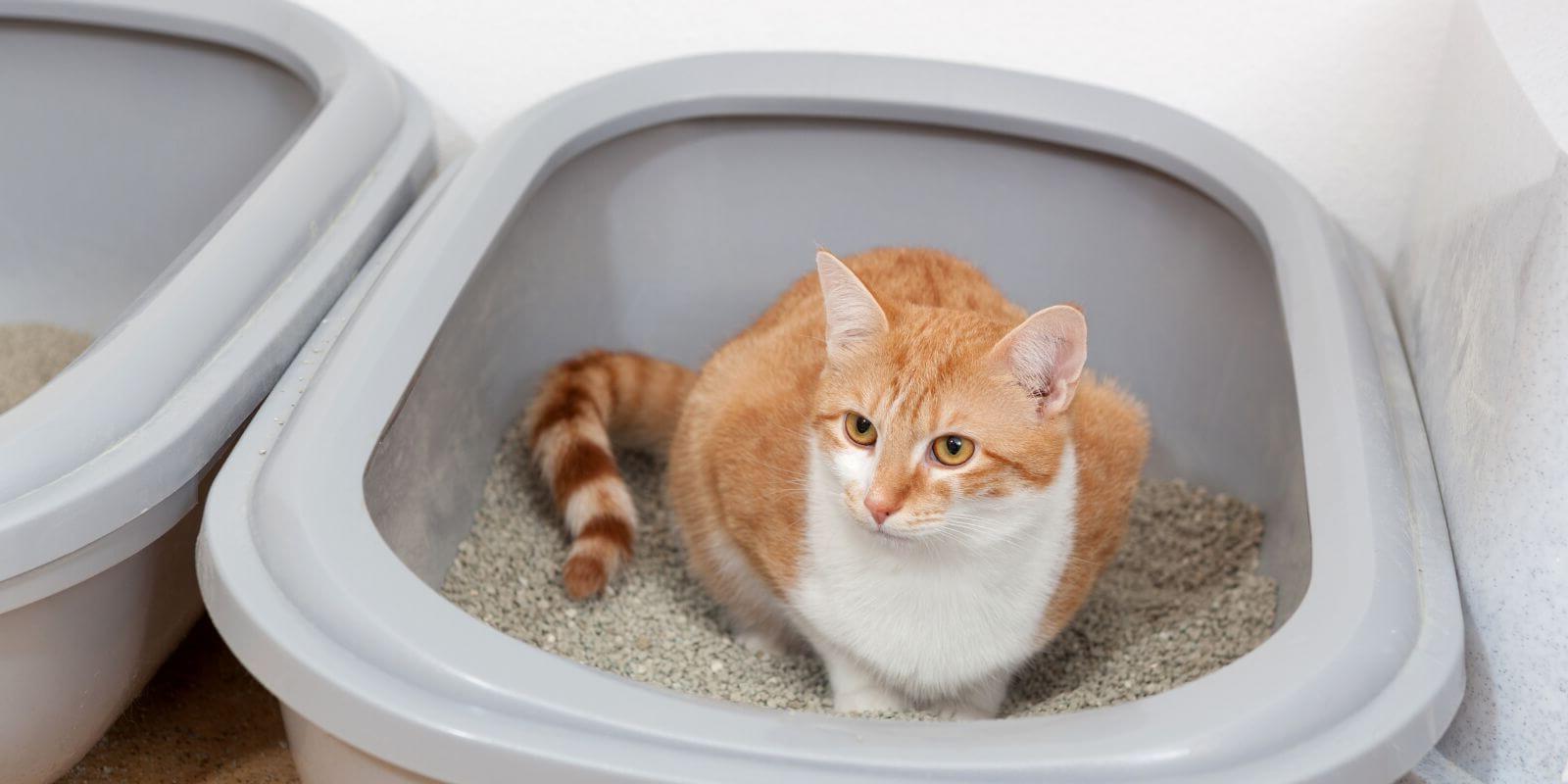

0 thoughts on “How To Get A Cat To Pee In The Litter Box”